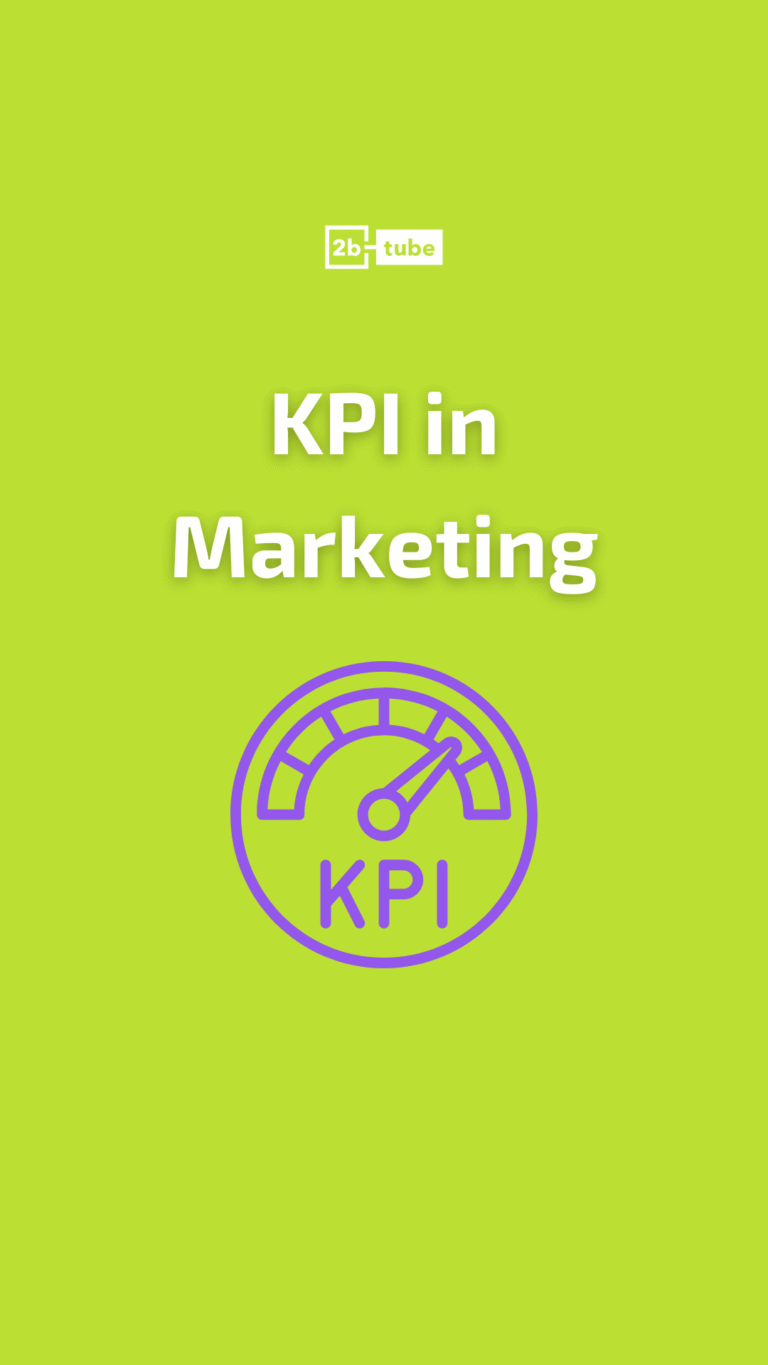In digital marketing, we can measure everything, and one of the most used indicators to know if an organic or advertising campaign is working is the Click Through Rate or CTR.
You may have seen it in reports, analysis panels, or advertising tools without knowing exactly what it means, but it is one of the key data to understand if your content is fulfilling its objective.
Therefore, we are going to analyze what defines a good click-through rate, the factors that affect this metric, and how you can obtain better results.
What is Click through Rate (CTR)?
The Click-Through Rate, or CTR, is the percentage of people who click on a link compared to the total number of people who have seen that link. In other words, it measures the relationship between impressions (times a content is shown) and the clicks it generates. It is calculated with a simple formula:
CTR = (clicks / impressions) x 100
For example, if an ad is shown 1,000 times and receives 50 clicks, the CTR would be 5%. Thus, this indicator allows you to know if what you are showing is attractive enough to generate interaction.
The CTR is used in many contexts: paid ads on Google through SEM advertising or social networks, email marketing campaigns, influencer marketing, search engine results, banners on websites, video thumbnails, calls to action on landing pages, and much more.
Why is CTR so Important?
CTR is a metric that combines visibility and interest. It is not enough for your content to reach many people; you need that content to spark enough curiosity to click and advance one more step in the journey towards conversion.
A high CTR usually indicates that your message is relevant to the audience you are targeting. In addition, on many platforms such as Google Ads or Meta Ads (to manage Facebook Ads and Instagram Ads), a good CTR influences the performance of your campaigns, as it can improve the quality score of your ads, reduce the cost per click (CPC), and increase the efficiency of your investment.
But it also has a qualitative reading: if your content is well-oriented, your message is clear, and your design is effective, the CTR will be the reflection of that good match between what you offer and what your audience expects.
What is a “Good” CTR?
There is no single value that indicates whether a CTR is good or bad; it depends on the channel, the type of campaign, and the objective. For example, an ad on Google Search usually has a higher CTR (between 3% and 5% on average) because it responds to active searches; on social networks, where the user is not directly looking for what you offer, the average CTR can be around 0.9% or 1.5%.
In email marketing, a good CTR can be between 2% and 5%, depending on whether it is an informative newsletter or a commercial campaign. And in the case of video thumbnails or banners, the CTR may be even lower, but its measurement is equally important.
Factors that Affect CTR
CTR is directly related to the way you present your content. Some of the factors that impact it the most are:
- The title or main text
- The call to action
- The image or visual design
- The channel in which it is published
- The target you are addressing
If the message is unclear, the design is confusing, or there is no clear incentive to click, the CTR will decrease. The relevance of the content also influences it: if the audience does not feel involved, they will not interact, no matter how much they see the ad or publication.
In addition, external factors such as impression frequency, ad saturation in the channel, or the time of day can alter the results.
How to Improve your CTR in Campaigns and Content?
To improve the CTR, you need to work on several fronts. The first is the copy, that is, the message you are communicating. A good headline should be clear, direct, and relevant to your audience. The calls to action (CTA) should invite you to click with a tone that fits the brand but is also persuasive.
The second front is the visual design. A powerful image, an attractive thumbnail, or a clear arrangement of elements increases the probability of a click. In email marketing, for example, the subject is decisive; in social networks, the visual hook and the first second of video make the difference.
And finally, there is segmentation. If your content reaches the wrong people, it doesn’t matter how good it is; this is where targeting comes into play: make sure you direct each piece to those who are most likely to be interested in it; something that also applies to retargeting strategies.
The key is to test, measure, and optimize. Test different copies, designs, schedules, and audiences. Analyze the results and adjust.
CTR in Different Channels
CTR is not exclusive to paid campaigns. It applies in multiple marketing strategies:
- In paid media campaigns, it is one of the star indicators to assess the effectiveness of the ads.
- In content for social networks, it measures whether a publication is generating traffic towards a landing page, a website, or a video.
- In audiovisual productions, the CTR can be linked to thumbnails, titles, or links that appear within the content.
- In email marketing campaigns, it indicates whether the email has managed to get the reader to act.
- Even in SEO and organic positioning, the click-through rate is a factor to take into account: if many users click on your result in Google, you will be gaining points against your competition.
- In influencer marketing campaigns, the CTR helps to measure whether the collaboration with a creator is managing to attract their audience towards a specific action, such as visiting a website, downloading an app, or buying a product.
Do You Want to Improve the Conversion of your Campaigns?
At 2btube we design and execute digital strategies in which each element – from a copy to a video piece – is designed to generate real impact.
We analyze the CTR in all the campaigns we develop, whether in paid media, content strategies, influencer marketing, social networks, or email marketing. If content does not generate clicks, we review it, optimize it, and relaunch it.
If you want to improve your digital campaigns, contact us and we will help you achieve your goals!




